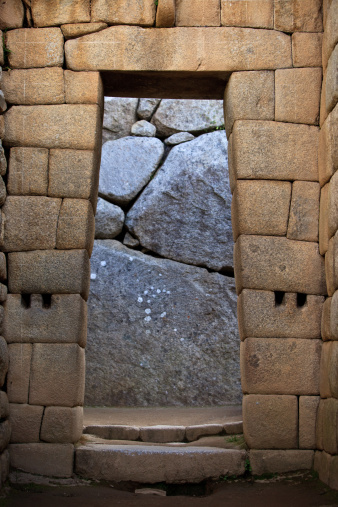Difference between Parallelogram and Trapezoid

Students of primary classes often mix many geometrical terms with each other because of the similarities in them. Parallelogram and trapezoid are the terms which are frequently misunderstood by the students who start to learn the Euclidean geometry.
Just keep in mind that a trapezoid is a convex quadrilateral i.e. a polygon which has four sides. On the other hand, a parallelogram is a quadrilateral which has two pairs of the parallel sides which make it different from other quadrilaterals like square and rectangle. Furthermore, the opposite angles and sides of the parallelogram are equal.
Instructions
-
1
Parallelogram
It is a simple i.e. non self-intersecting type of a quadrilateral which has two pairs of parallel sides each. The opposite sides of the parallelogram have equal lengths and the opposite angles have equal measurement. Furthermore, you must know that the congruence of the opposite angles and sides of the parallelogram is always in direct effect of the Euclidean Parallel Postulate, a condition which cannot be proven without taking help from that postulate. In addition, it will be important to note that the three-dimensional equivalent of any parallelogram is called as parallelepiped.
The diagonals of a parallelogram bisect with each other. Moreover, one pair of the opposite sides of a parallelogram is always equal in length. The adjacent angels of a parallelogram are always supplementary and two congruent triangles are formed if you divide each diagonal of the parallelogram. It will be interesting to note that the sum of squares of all the sides is equal to the sum of square of all the diagonals in the parallelogram (this is called as Parallelogram Law). Besides, the parallelogram has a rotational symmetry of ‘order two’.
Furthermore, the area of a parallelogram is two times the area of a triangle which is created by one of the diagonals in it. Additionally, the area of a parallelogram is always equal to the scale of the cross product of vector of the two adjacent sides. If you draw a line from the midpoint of a parallelogram, it will bisect its area.

-
2
Trapezoid
It can simply be defined as a convex quadrilateral with at least one set of parallel sides or lines. It is also referred as trapezium outside the North America. The parallel sides of a trapezoid are known as bases while the other sides are called as legs. If the two adjacent angles of a convex quadrilateral (trapezoid) are supplementary, then they add up 180 degrees.








